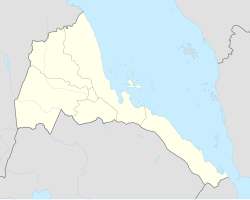The United Nations Educational, Scientific and Cultural Organization (UNESCO) World Heritage Sites are places of importance to cultural or natural heritage as described in the UNESCO World Heritage Convention, established in 1972. [1] Eritrea accepted the convention, making its historical sites eligible for inclusion on the list. As of 2023, Eritrea has only one World Heritage Sites. [2]



